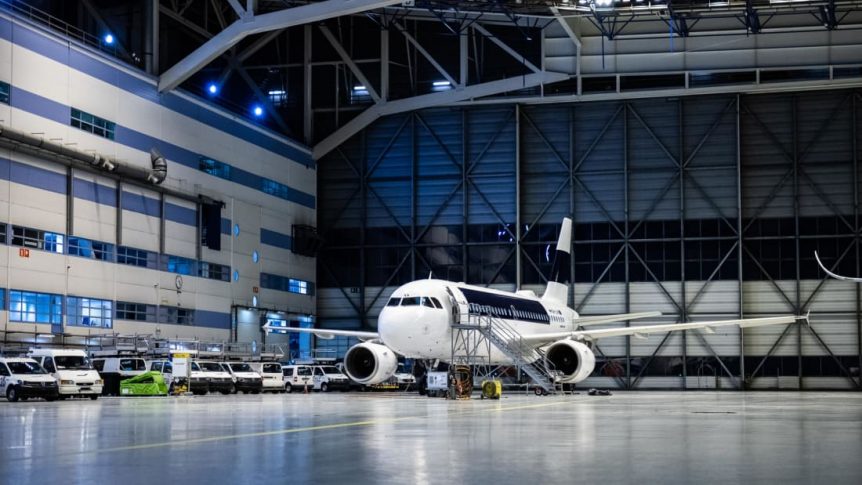Finnair, one of the world’s safest airlines and the flag carrier of Finland, has initiated its Airbus A319 retirement process. The airline has begun phasing out two of these smaller aircraft, which have long served short-haul routes connected through its Helsinki hub. According to Miika Haatio, Finnair’s director of fleet management, the decision reflects the airline’s ongoing fleet optimization strategy, especially as the aviation industry adapts to the challenges brought on by the COVID-19 pandemic.
Each aircraft, Haatio explained, is built with a lifecycle in mind. Once it nears the end of that operational window, airlines must evaluate when and how to retire it. However, the decision to retire an aircraft isn’t based solely on age. Several factors influence the timeline—availability of replacements, cost-effectiveness, fuel efficiency, and current market demand.
The A319, while versatile, is smaller and less efficient compared to its sibling, the Airbus A320. It tends to lose operating efficiency more quickly, and during a period of reduced passenger volumes, operating more fuel-efficient and larger aircraft becomes a practical move.
The global downturn in aviation during the pandemic also accelerated the Airbus A319 retirement decision. With aircraft values down and passenger demand suppressed, many airlines, including Finnair, are taking steps to modernize their fleets while cutting operational costs. Acquiring new jets under such uncertain financial conditions can be impractical, which is why airlines often look to consolidate or repurpose older models.
In Finnair’s case, retiring the A319s doesn’t mean scrapping them entirely. The airline plans to salvage and reuse valuable components, such as the landing gear, and sell other high-demand parts through a partnership with AerFin—a company specializing in aircraft lifecycle solutions. This allows Finnair to recover value while responsibly managing the aircraft decommissioning process.
Beyond the technical and financial elements, the move reflects a broader shift in aviation toward sustainable practices and fleet modernization. Larger, newer aircraft tend to offer reduced emissions, improved fuel economy, and better passenger experiences. Airlines worldwide are reevaluating their fleets to match future demand, environmental goals, and technological advancements.
As Finnair continues navigating the post-pandemic skies, the retirement of its A319s symbolizes both a farewell to a reliable aircraft and a step forward toward a leaner, greener future.
Photo Credit: CNN

